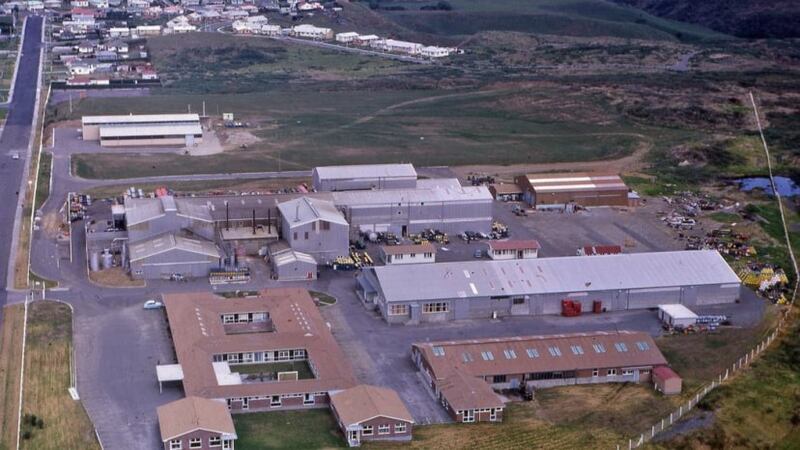A draft remediation road map for the 16 hectare Paritūtū chemical plant site has been presented to the Taranaki Regional Council's operations and regulatory committee. Photo / CC / Phillip Capper
Iwi say they need to be involved every step of the way in the clean-up of a controversial chemical plant in New Plymouth.
The Taranaki Regional Council heard today that remediation of the Paritūtū plant would take several years.
From the 1960s through to 1987, Ivon Watkins (later Ivon Watkins-Dow) made the herbicide 2,4,5-T, which contained the toxic dioxin TCDD at Paritūtū.
The herbicide was a key component of Agent Orange - the defoliant used by the United States military in the Vietnam War - and has been linked to cancers and birth defects.
In the mid-1980s, elevated levels of TCDD were found in the soil on the site's boundaries on reserve land and a residential street.
Dow Chemical is due to take back ownership of the plant, which has been demolished, from global agrichemical giant Corteva in the first quarter of 2023.
Dow contracted contaminated land experts Tonkin+Taylor to create a draft remediation road map for the 16- hectare site, which was presented to the regional council's operations and regulatory committee today.
It spells out that it would be an involved process.
"Early work involving planning and site investigations is likely to take between two and four years to complete.
"Site remediation will be guided by the findings of the earlier investigations and will likely take a further two to four years to complete."
Two hapū and two iwi have an association with Paritūtū.
It is a shared interest area between Taranaki iwi and Te Atiawa; Ngāti Tairi Hapū (Taranaki) and Ngāti Te Whiti Hapū (Te Atiawa) have associations with the Paritūtū site.
It is understood urupā are located on the property, which was also a papakāinga (settlement) and a battleground.
Iwi representative on the operations and regulatory committee, Anaru White, said iwi were consulted during the preparation of the draft roadmap and it was important that continued.
"That's from a Dow Corteva perspective but also from a Taranaki Regional Council perspective as well; during all the different phases of this consultation that's paramount."
White said there was a lot of "sensitivity" surrounding the site for mana whenua.
The regional council has indicated it would want an independent review of Dow's investigation before any decisions were made about the site's future.
"Council officers will be seeking independent technical review of any work undertaken by Dow," the report acknowledged.
"Where possible, we will work alongside NPDC (New Plymouth District Council) and iwi/hapu to undertake this work. However, we also acknowledge the right of the parties to seek their own independent advice throughout the project."
The regional council expected Dow to pick up the bill for any independent review.
Chair Charlotte Littlewood said it was important the process was as transparent as possible because of the concerns of the community.
She commended the report for outlining the history of the site and that being made available via the council website.
Veteran councillor Neil Walker was pleased previous reports into discharges from Paritūtū and other sites related to the plant, which had largely been given a clean bill of health, had been included.
But he too acknowledged the concerns of the community and his hope that those concerns could be allayed.
The report also outlined the demolition and monitoring work done so far.
That included the levelling of all above-ground structures except the hazardous substance storage area and the storm water retention systems.
All underground pipework was sealed, and on-site sumps filled with concrete.
Storm water collected from the processing area was tested for contaminants before being released into the Herekawe Stream.
The regional council continues to monitor odour from the site and discharges to the Herekawe Stream.

